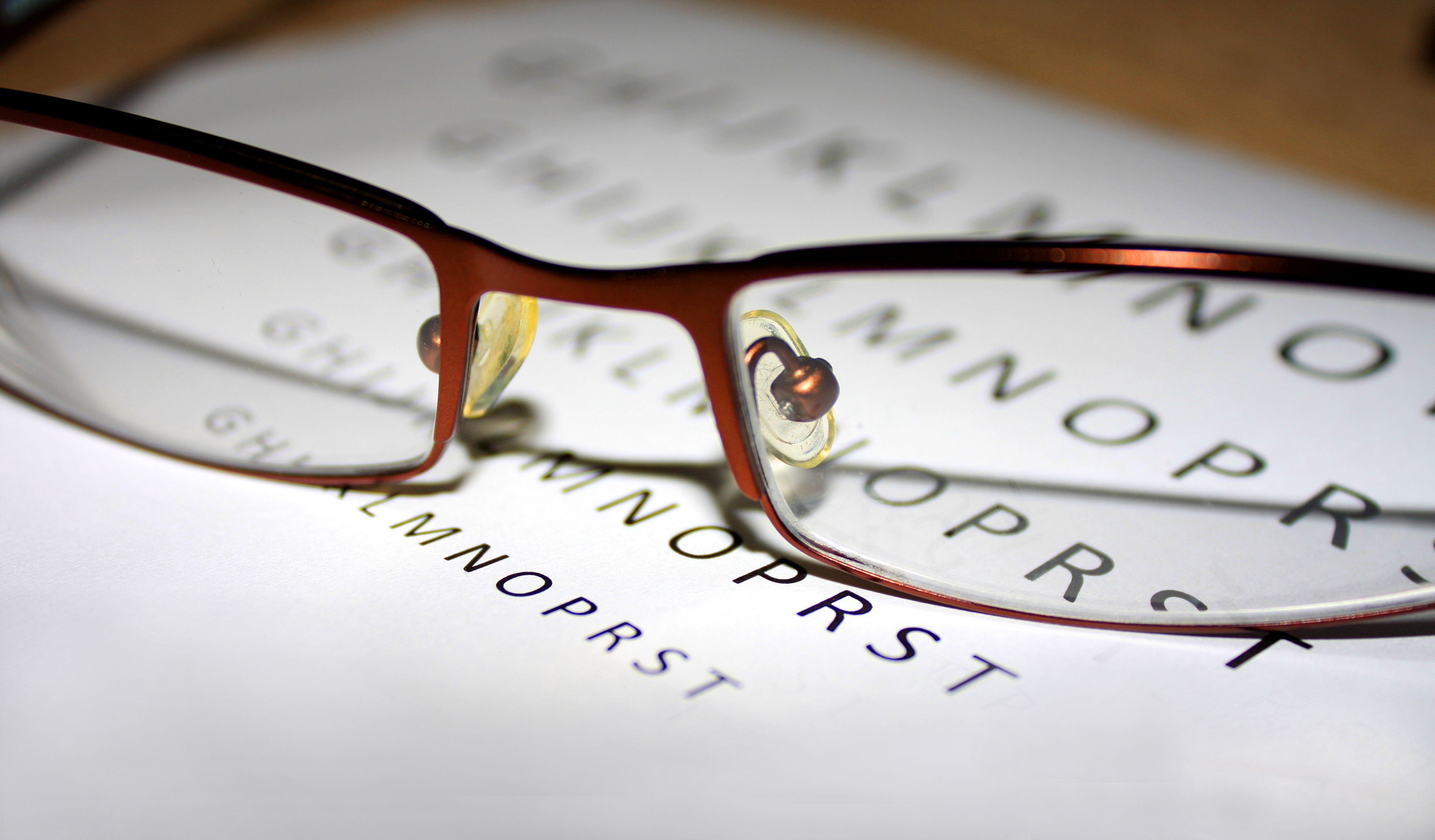Article
Data Highlight Incidence of Firework-Related Eye Injuries
Author(s):
Firework-related ocular injuries occur most often in individuals who are young, male, and white, according to study results published in JAMA Ophthalmology.
Firework-related ocular injuries occur most often in individuals who are young, male, and white, according to study results published in JAMA Ophthalmology.
In a cross-sectional study, researchers used emergency department (ED) data from the National Electronic Injury Surveillance System (NEISS), which represents a stratified probability sample of more than 5300 hospitals throughout the United States. The NEISS records ED visits specifically for consumer product—related injuries.
Records of deidentified individuals who experienced eye injuries from fireworks between January 1999 and December 2017 were included in the study. In total, 34,548 ocular injuries occurred in the study period, which comes out to nearly 2000 annually. Injuries ranged from conjunctival irritation (9.6%) to ruptured globe (2.8%), and the most frequently reported injuries were ocular burns (62.9%).
Currently, “eye protection, although shown to reduce the incidence of firework-related ocular injury, is not mandatory for US operation” of fireworks, the researchers noted. The study showed no significant change in the annual rate of firework-related injuries over the last 15 years.
According to study data, the most common firework types reported to cause injury were firecrackers (19.2%), bottle rockets (17.6%), and sparklers (8.7%).
“Rocket-type fireworks were significantly associated with ruptured globe (odds ratio [OR], 5.82; 95% CI 2.72-12.46; P <.001) and other forms of severe eye trauma such as hyphema and corneal injury (OR, 5.71; 95% CI 3.85-8.47; P <.001) (all severe eye trauma: OR, 6.78; 95% CI 4.66-9.85; P < .001),” the researchers said.
In addition, bottle rockets were nearly 7 times more likely to cause severe eye trauma compared with other fireworks. The authors suspect this may be due to bottle rockets' unpredictable flight patterns.
Unsurprisingly, firework-related ocular injuries occurred most frequently in July (70.2%) and January (10.0%), due to the holidays that occur in these months (Independence Day, New Year’s Day), which are typically celebrated with fireworks or similar pyrotechnic products.
When it comes to age, data showed children younger than 5 were most likely to be injured by sparklers.
“Bottle rockets primarily injured individuals aged 10 to 18 years, public displays and large fireworks were disproportionally recorded in those older than 31 years, and novelty/homemade devices were associated with injuries in children younger than 10 years.”
Of the 34,548 recorded injuries sustained:
- 664 individuals (65.9%) were 18 years or younger
- 724 (71.9%) were male
- 512 (50.8%) were white
- 411 cases (74.9%) occurred at home
Because sales of fireworks vary by state, the lack of state specific NEISS data is one limitation to this study. The researchers hope the findings will inform preventive measures to decrease firework-related ocular morbidity and prompt future research evaluating the effect of regional legislation on annual injury incidence.
Reference:
Shiuey EJ, Kolomeyer AM, Kolomeyer NN. Assessment of firework-related ocular injury in the US [published online April 9, 2020]. JAMA Ophthalmol. doi: 10.1001/jamaophthalmol.2020.0832.
2 Commerce Drive
Suite 100
Cranbury, NJ 08512
© 2025 MJH Life Sciences® and AJMC®.
All rights reserved.





